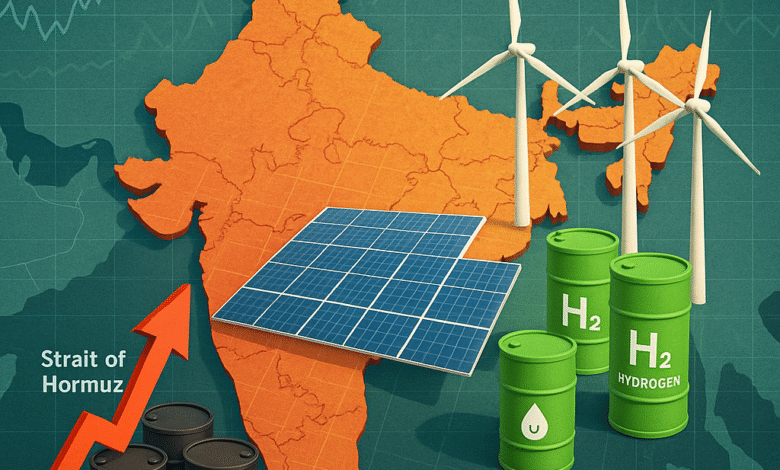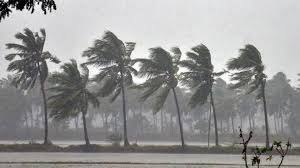
New Delhi | IP News
Amid rising oil prices triggered by the ongoing Israel–Iran conflict, India is accelerating its transition to clean energy, reaffirming its target of 500 GW of renewable capacity by 2030. The Ministry of New and Renewable Energy (MNRE) reported a 15% growth in solar and wind installations in 2024, reaching 90 GW, backed by government incentives and a surge in foreign investment.
Global Context: Energy Security in Focus
The escalation of the Israel–Iran conflict with Israeli airstrikes on Tehran’s nuclear sites on June 13 has destabilised crude markets. With 20% of the world’s oil passing through the Strait of Hormuz, Brent crude hit $82/barrel, up 10% from May, intensifying pressure on India’s $110 billion oil import bill for 2025–26.
India’s renewable drive is designed to buffer against such shocks, reduce import dependency (currently 85% of India’s energy mix), and secure long-term economic stability.
Key Developments
-
Solar & Wind Expansion:
-
12 GW solar and 3 GW wind capacity added in 2024
-
Gujarat and Rajasthan lead in solar projects
-
-
Green Hydrogen Momentum:
-
Under the National Green Hydrogen Mission, India secured $500M in U.S. and German investment in 2025
-
Target: 5 million metric tonnes of hydrogen annually by 2030
-
-
Policy Support:
-
$2B Production-Linked Incentive (PLI) schemes for solar module manufacturing
-
$1.2B budget allocation in 2025 for renewables, including rooftop solar subsidies for 10 million households
-
Challenges Ahead
Despite rapid progress, key barriers remain:
| Challenge | Impact |
|---|---|
| Green hydrogen cost | High CAPEX delays industrial scale-up |
| Grid limitations | Intermittent supply strains national grid |
| Coal dependency | Still powers 50% of electricity needs |
| Rural electrification | Access gaps remain in tribal & remote zones |
With retail inflation at 2.82% (May 2025), further oil price hikes could offset gains from clean energy investments.
Strategic Implications
India’s renewable push enhances its global energy leadership, drawing $3 billion in FDI in 2024. Domestically, it created over 300,000 clean energy jobs last year and supports rural livelihoods through decentralized systems.
However, maintaining momentum while phasing down coal and navigating trade tensions such as U.S. tariff policies remains critical for long-term resilience.




